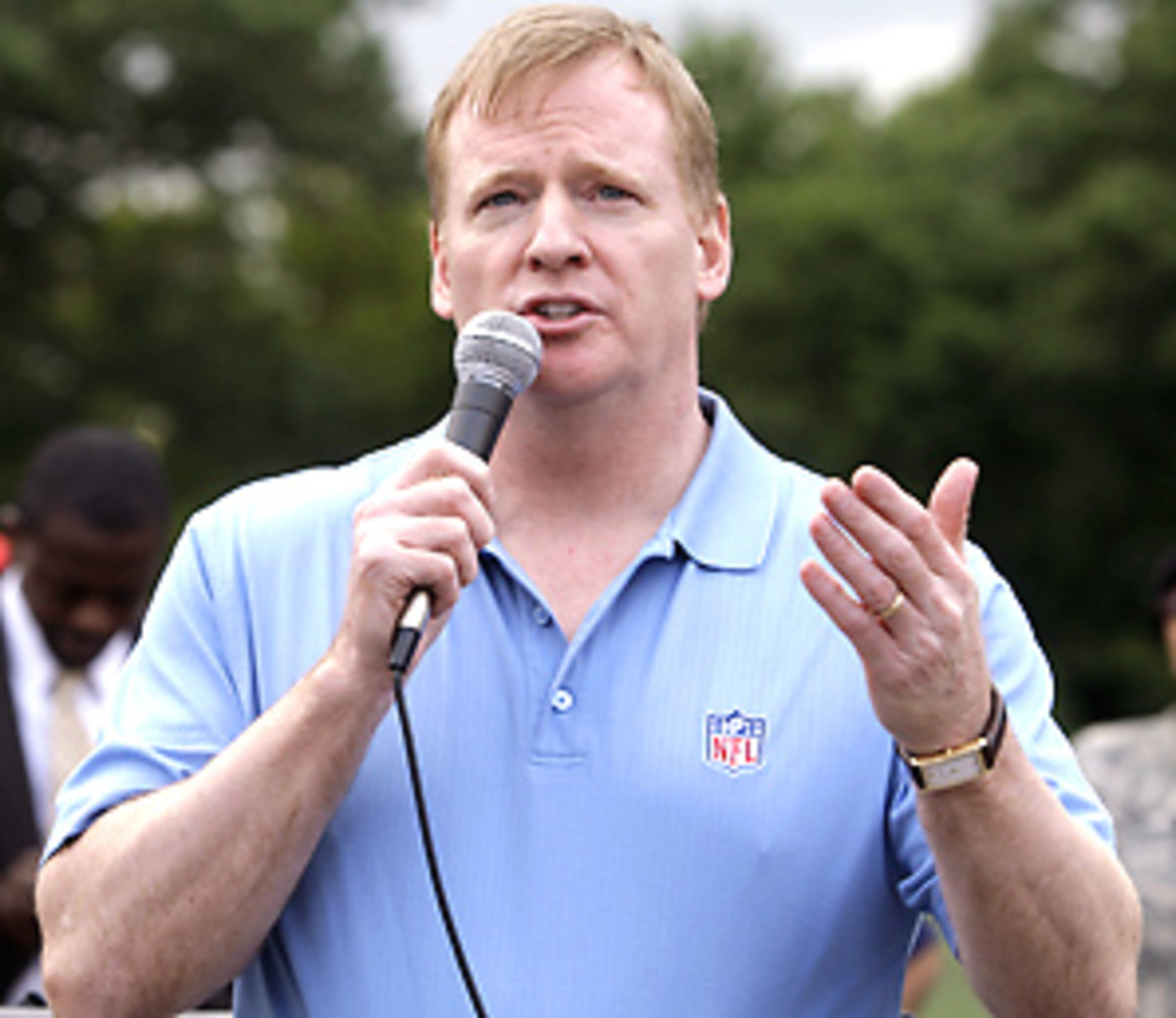Eighteen-game schedule could be the answer to NFL's labor dispute
The NFLPA, meanwhile, filed a complaint with labor authorities, questioning whether the league built a type of unfair "lockout insurance" in its most recent TV deal. In other words, if there is a lockout, owners still would get paid, but players would not. The league's response was to call the complaint, "simply a distraction [that does] nothing to get us any closer to a new CBA."
Yet amid this growing strain, it's becoming equally obvious that one thing could solve the labor dispute before it gets too ugly and protracted: an 18-game regular season schedule.
Both sides see possibilities and potential in the recently proposed 18-game format, which would include reducing the preseason to two games instead of its current four. For players, it could mean more money -- if owners are willing to back away from their stated position to the contrary. For owners, it would mean more money. That's always a good place to start. More money for everybody can solve just about any labor impasse.
And as much as fans will be a mere afterthought when it comes to hammering out a new Collective Bargaining Agreement, even Joe Six Pack benefits from an 18-game schedule. There would be more meaningful games on the big-screen and more bang for the buck for season ticket-holders. As it is now, season ticket-holders pay the same price for two meaningless home preseason games as they do for the eight home regular-season games.
So what's the problem? Why isn't everyone hopping onboard, celebrating an easy agreement and counting up the billions of reasons the NFL is the best sports league on the planet? Three issues, of course, continue to simmer as stumbling blocks.
• The potential for more injuries.
• A watered down product.
• Less time to develop young talent -- specifically quarterbacks.
But if the league takes just two more small steps, all three issues could be resolved.
Step one: Instead of eliminating just two preseason games, eliminate all of them. Play 18 games in 19 weeks, beginning on Labor Day weekend.
Step two: Replace Organized Team Activities with a short-season, eight-team developmental league for young players and backups, similar to the NBA's Developmental League.
In today's NFL, the preseason is a joke. In this era of year-round football training and inter-squad scrimmaging during camp, it's frankly meaningless. The NFL said as much in proposing the 18-game schedule. So if everyone agrees the entire preseason is insignificant and boring, why keep half of it? Why keep any preseason games at all?
Obviously, it's because owners want the extra gate revenue and local TV deals that come with the preseason schedule. But a spring-league TV deal would more than make up for lost preseason revenue. Young players would make a little extra scratch. Coaches could better evaluate players. And it would be more interesting, too, particularly if the eight teams' rosters are divided by divisions.
That is, over a four- or five-week spring season, the AFC East would play the AFC West, AFC South and AFC North D-league teams. Likewise, in the NFC. The season would be capped by a one- or two-week playoff among some of the young NFL hopefuls and developing quarterbacks. Combining the rosters by division would offer immediate familiarity and rooting interest for fans (to say nothing of marketing possibilities) and make for good TV. Play the games in domed stadiums, end the short season by the second week of June and, bam, coaches are happy, fans are happy and owners and the NFLPA make their money.
The regular-season would get a jolt, too, with opening weekend truly becoming the unveiling of the new season. Teams still would hold inter-squad practices and scrimmages during training camp, as they do already to get a taste of game action and intensity. But the anticipation and hype for opening weekend would grow to otherworldly levels.
And as for the NFLPA's concerns about a potential increase in the number of injuries, that argument would not have much of a leg to stand on, either. As it is now, including the preseason, front-line guys play the equivalent of about 17 ½- to 18-games of football every year. Starters usually play a quarter of football in the first preseason game, about a quarter and a half in the second, three- or four-quarters in the third preseason game and then the 16-game regular-season schedule.
An 18-game schedule with no preseason would offer virtually the same amount of pressure on the average player's body, and perhaps even less if the league adds a second bye week, which is another option. A second bye week would further protect the product and still have the Super Bowl played in mid-February. Expanding rosters from 45 active to 50 active players on Sundays also reduces the pounding and gets more players into the league and paid every week.
The closer we get to next March and a potential lockout, we can count on more posturing and strain between owners and the NFLPA. The key to avoiding a lockout and keeping everyone swimming in money clearly is finding a way to make an 18-game regular season viable. There's one way to do exactly that. Don't just stick a toe in the water. Dive in. Dump the preseason. Give fans the spring league they deserve. It's just two small steps.





